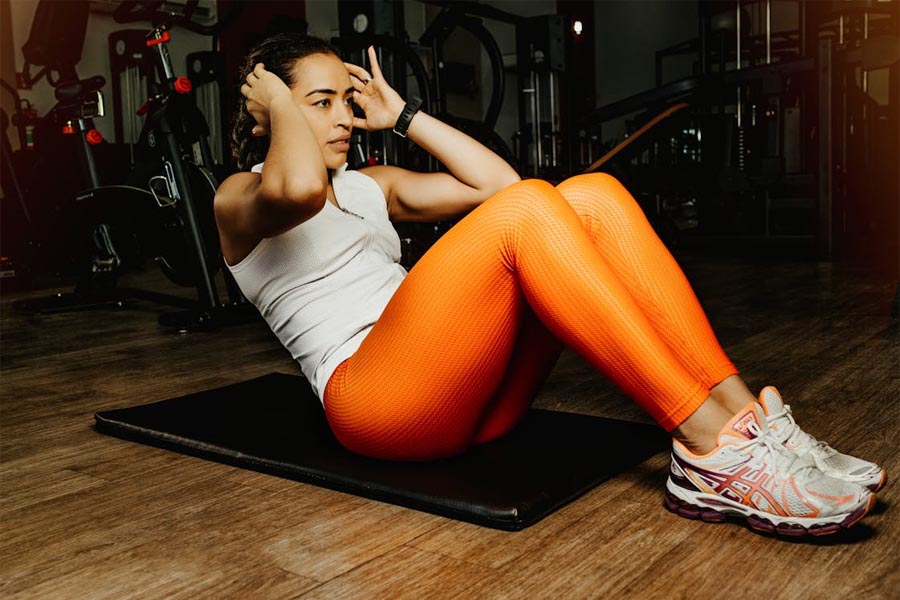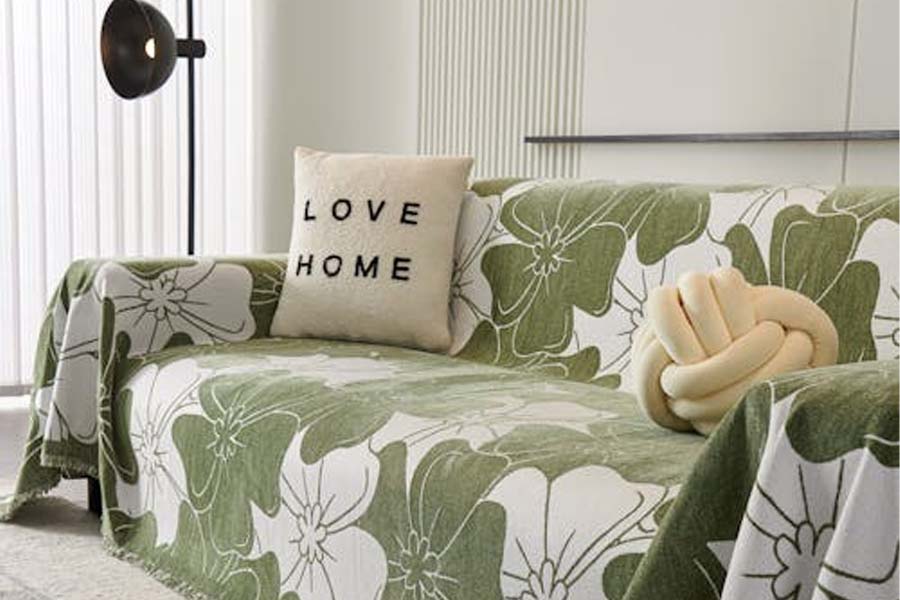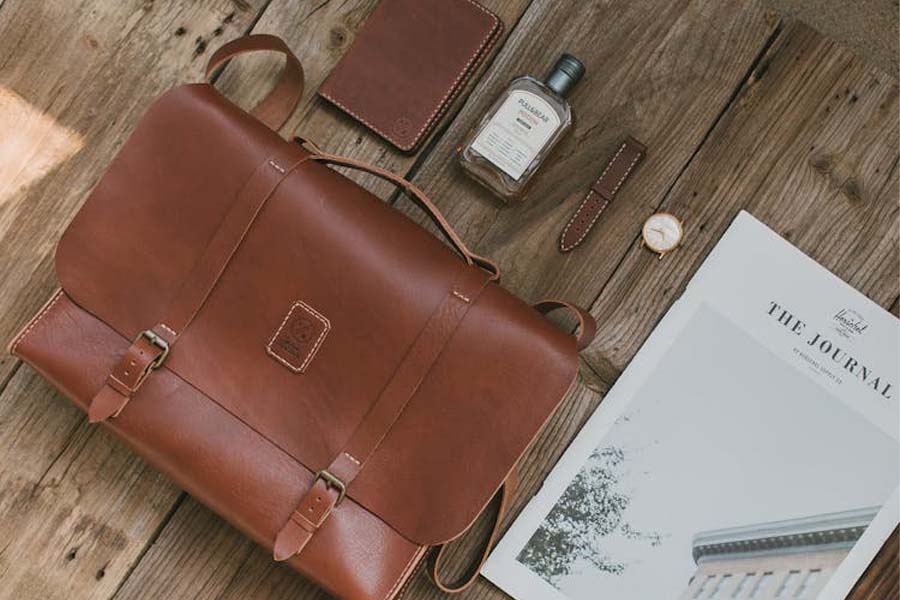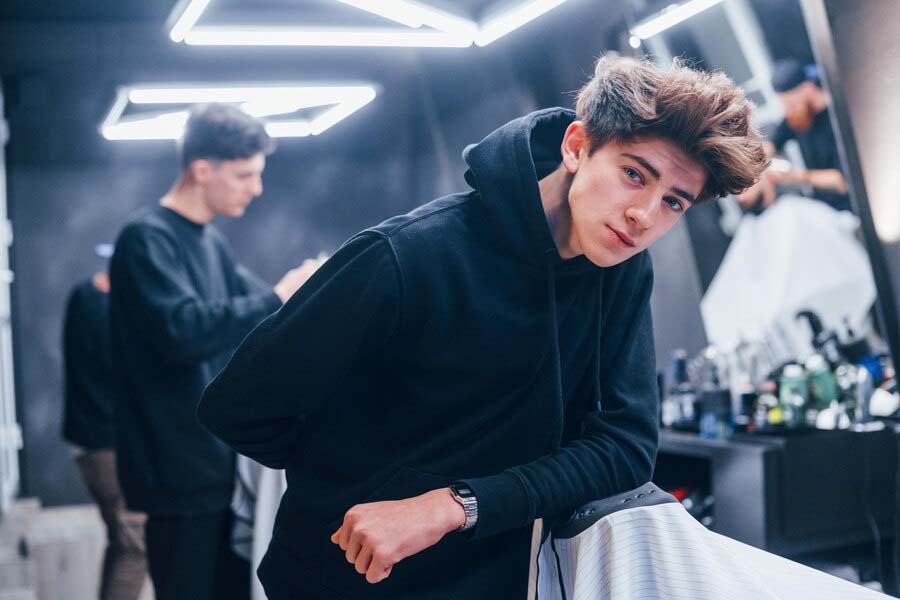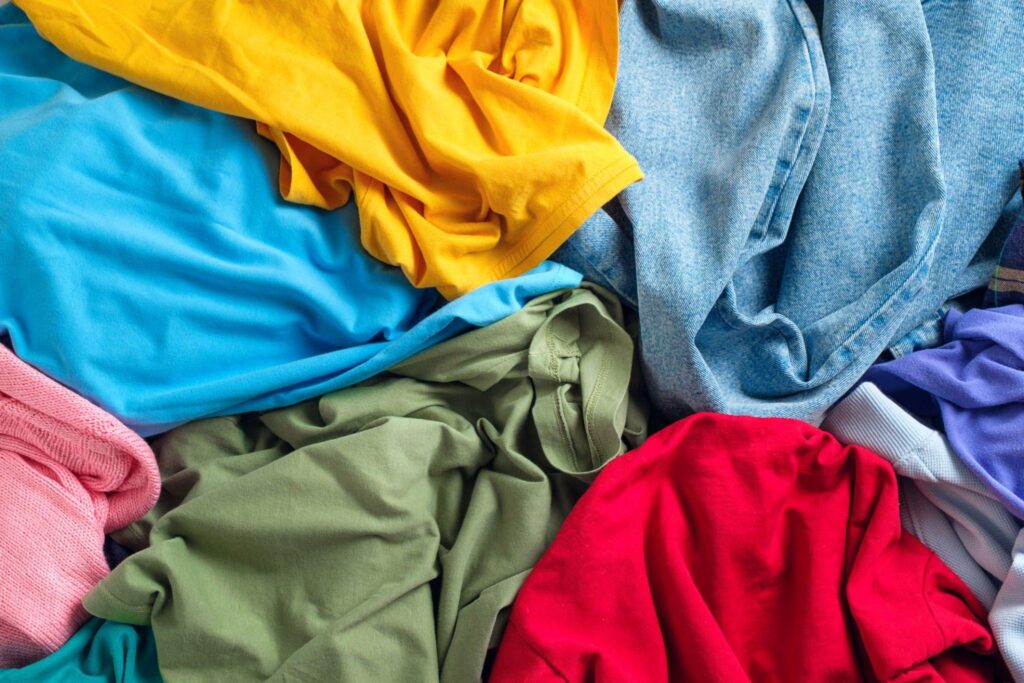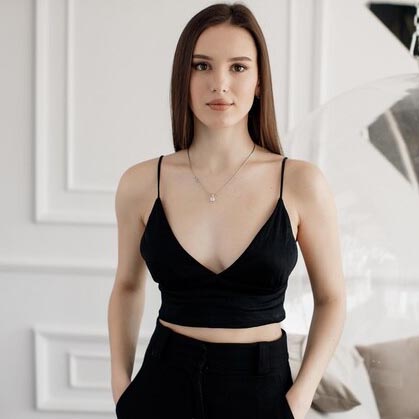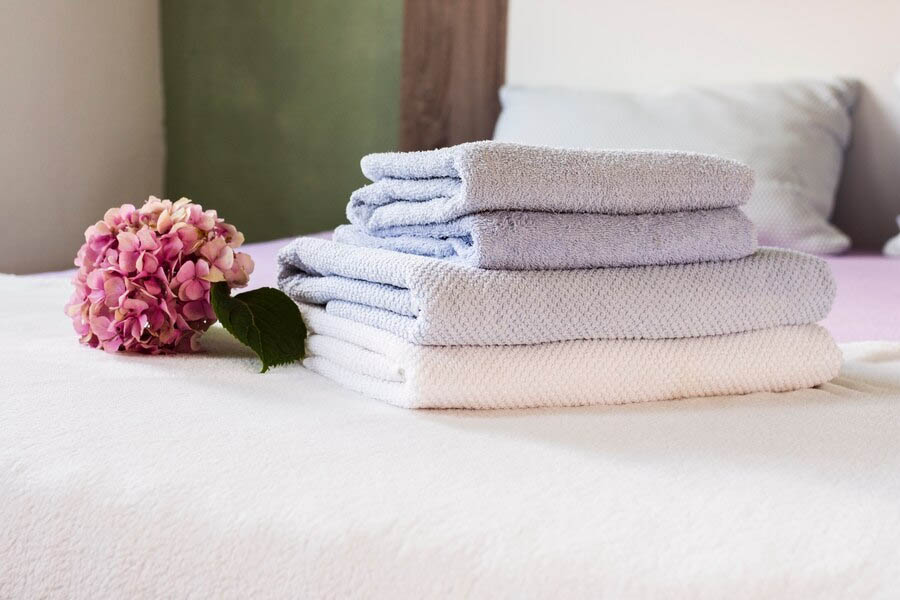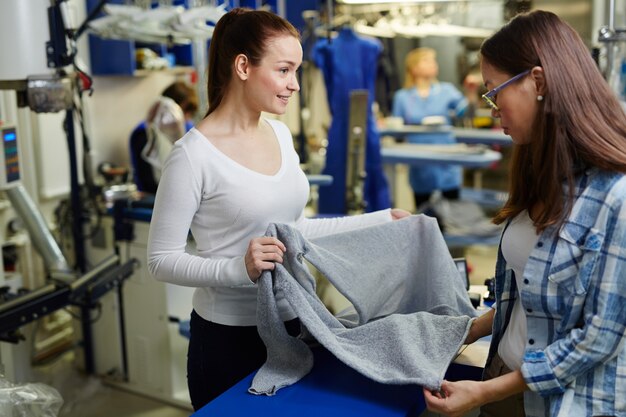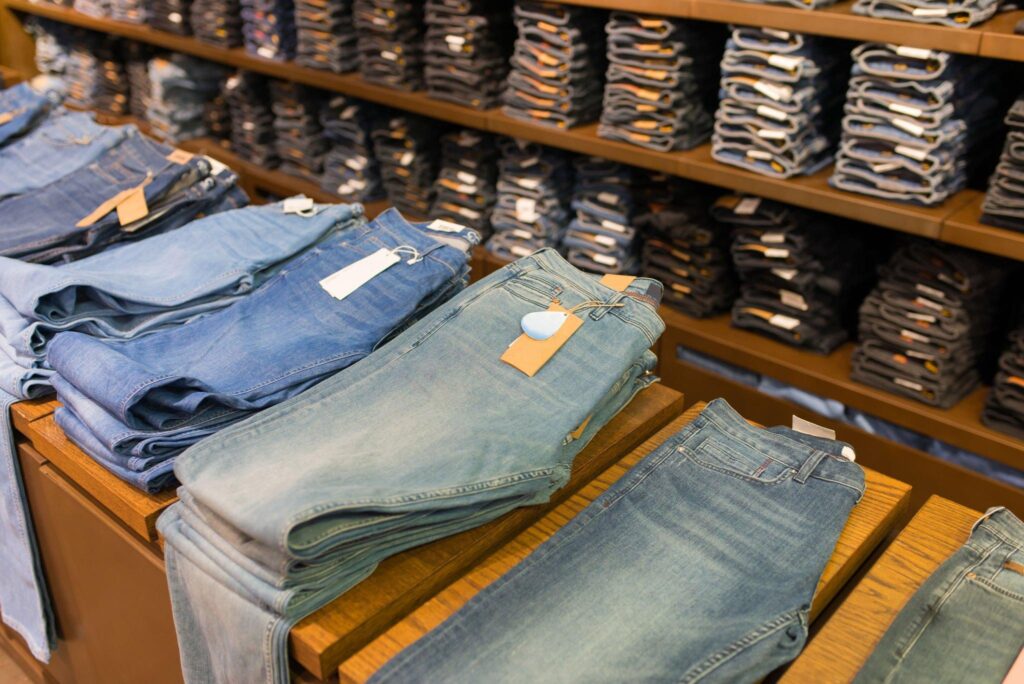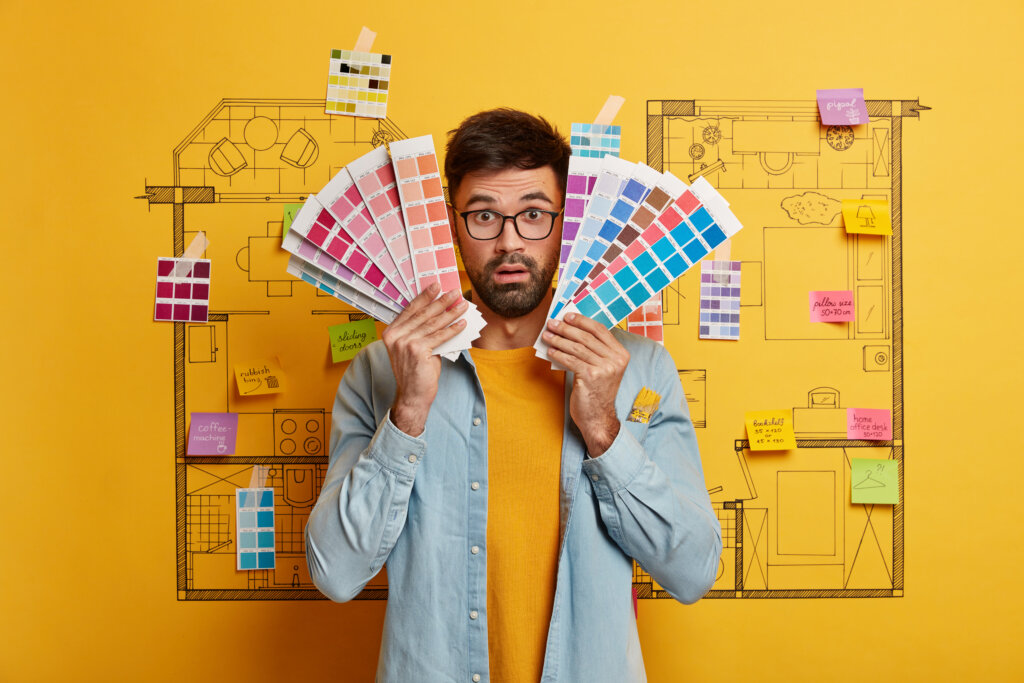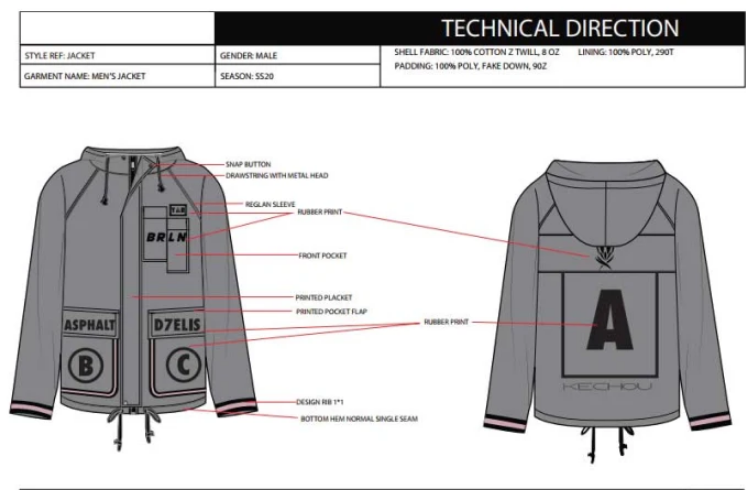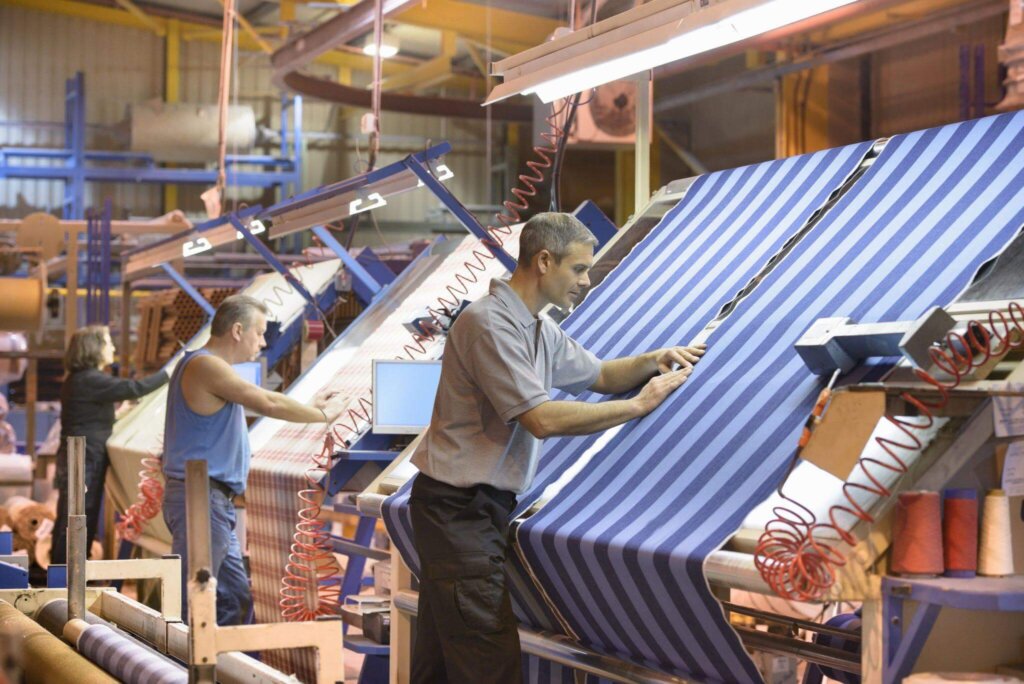Selecting optimal decoration methods requires technical evaluation of fabric properties, design parameters, and production economics. This comprehensive analysis examines embroidery and screen printing through industrial specifications, providing manufacturers with data-driven decision frameworks for apparel customization.
Technical Process Specifications
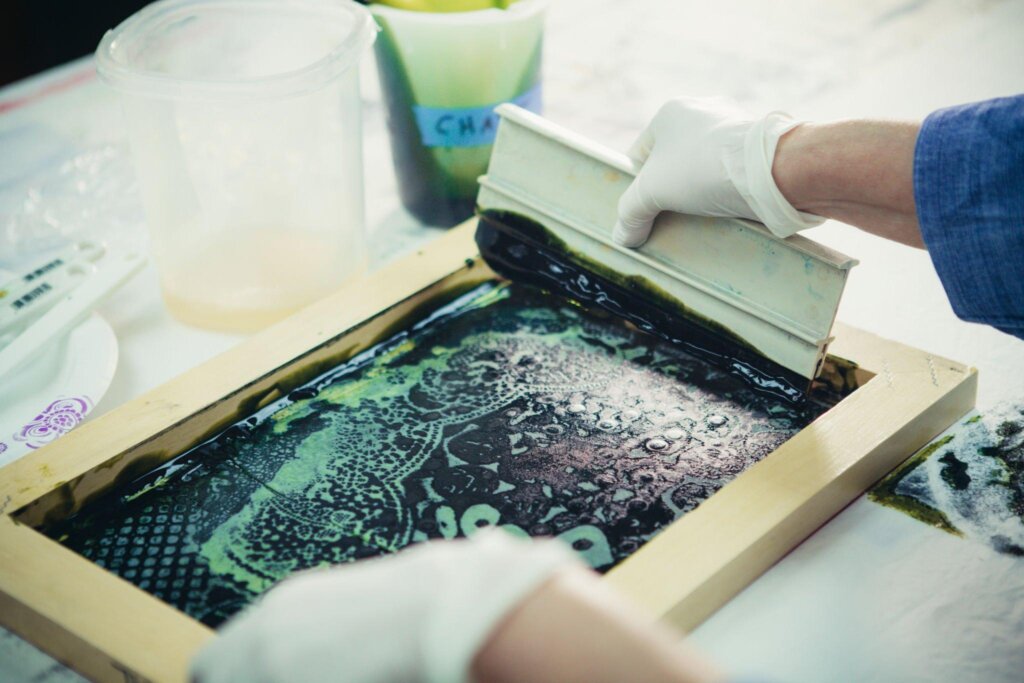
Embroidery Engineering
- Thread Construction: Polyester core (Tex 40-120) with 3-ply twist
- Stitch Density: 4-12 stitches/mm² (ISO 4915)
- Machine Configuration: 12-needle heads @ 850-1,200 RPM
- Compatibility: Optimal for custom hoodie manufacturing and structured fabrics
Screen Printing Technology
- Mesh Count: 110-305 threads/inch (ISO 9044)
- Ink Viscosity: 3,000-10,000 cP (ASTM D2196)
- Curing Parameters: 160°C for 90 seconds (PCMI certification)
- Application: Ideal for custom t-shirt manufacturing with large graphics
Technical Comparison Matrix
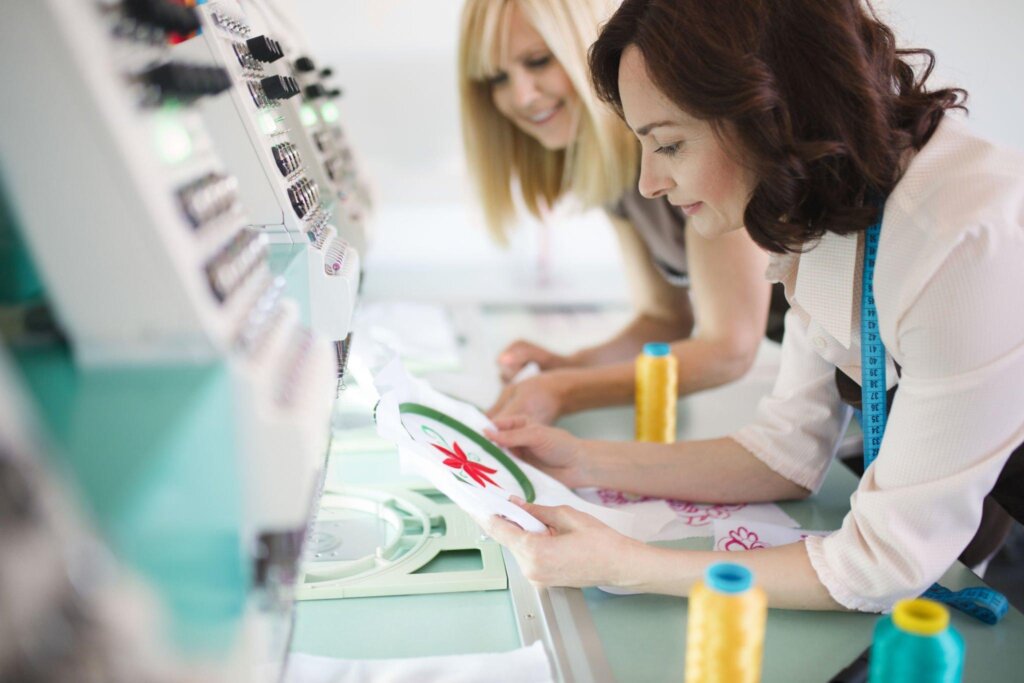
| Parameter | Embroidery | Screen Printing |
|---|---|---|
| Design Resolution | 0.3mm minimum line width | 150 LPI halftone capability |
| Color Reproduction | Pantone TPX limited (15 colors max) | Full Pantone TCX gamut + metallics |
| Durability | 50+ wash cycles (ISO 6330) | 30-40 wash cycles (AATCC 61) |
| Production Speed | 300-800 stitches/min | 500-1,200 impressions/hour |
| Texture Profile | 0.8-2.5mm relief height | 15-80μm ink deposit |
Material Compatibility Analysis
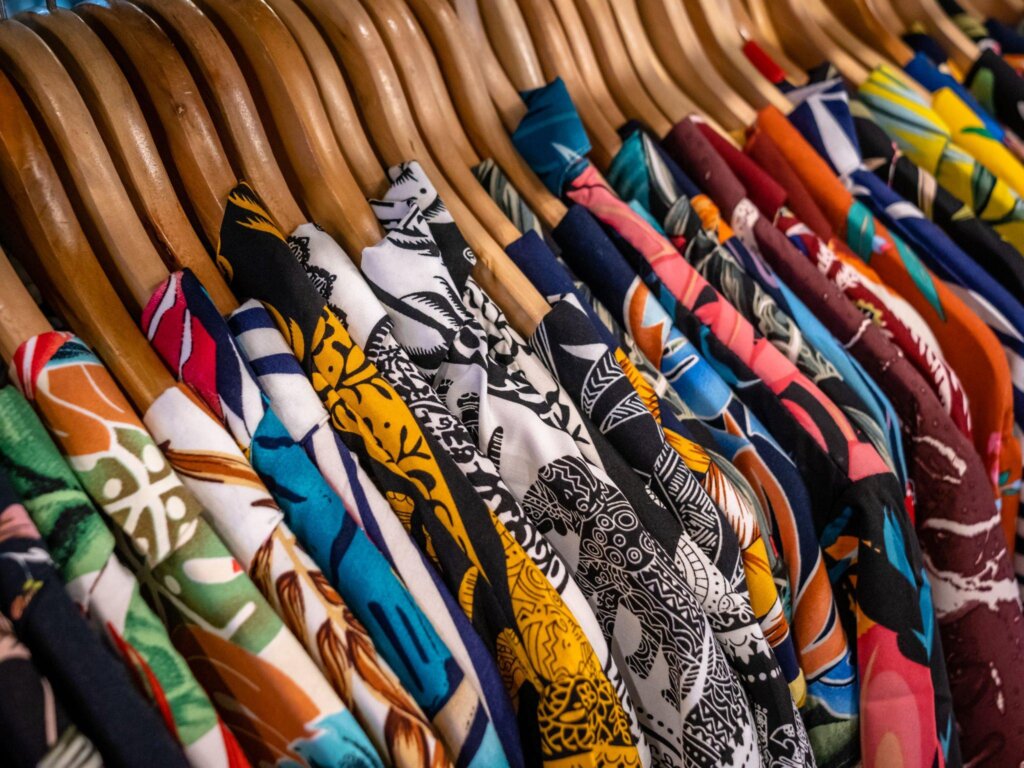
Optimal Embroidery Substrates
- Denim (12-14oz): Needle size 75/11
- Twill (8.5oz): Stabilizer 1.5oz cutaway
- Fleece (300GSM): Reduced tension (180g)
Screen Printing Superiority
- Performance Knits: Water-based inks
- Waterproof Fabrics: Silicone ink systems
- Ultra-lightweight: Discharge printing
Ludyway’s screen printing services achieve 98% opacity on dark fabrics through patented underbase technology.
Embroidery Technical Specifications
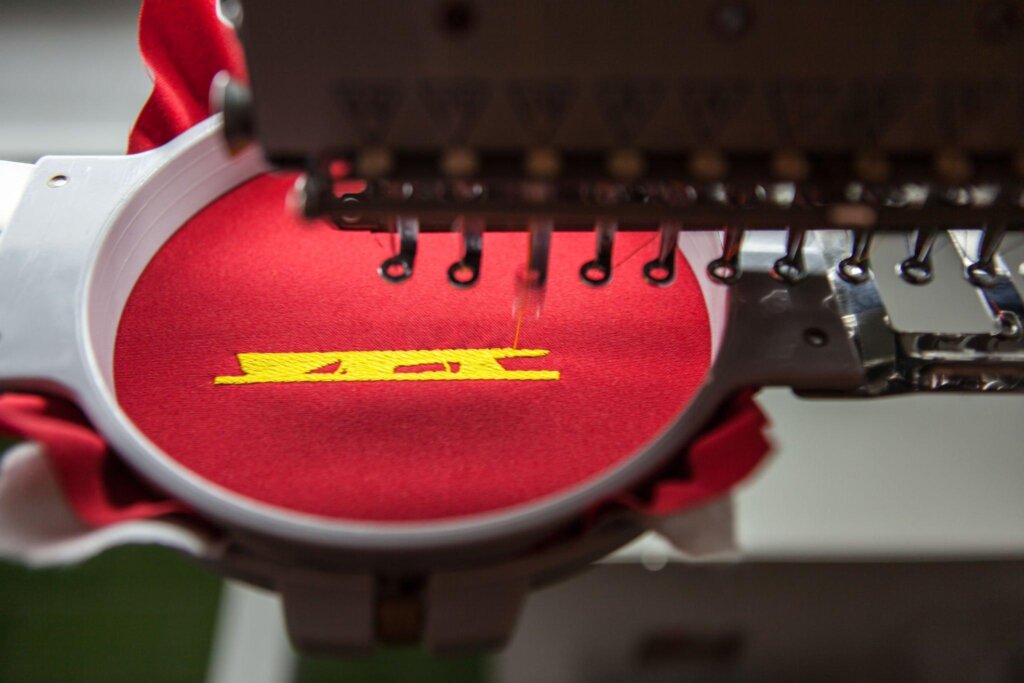
- Structural Variants
| Type | Stitch Count | Relief Height | Applications |
|---|---|---|---|
| Flat Stitch | 6,000-8,000/design | 0.5-1.2mm | Corporate polos |
| 3D Puff | 4,000-6,000/design | 2.0-3.5mm | Headwear branding |
| Chenille | 3,500-5,000/design | 1.8-2.8mm | Letterman jackets |
- Performance Validation
- Abrasion resistance: >20,000 Martindale cycles
- Colorfastness: Grade 4+ (ISO 105-E04)
- Tensile strength: >25N/stitch
Ideal for custom uniform manufacturing requiring industrial durability.
Screen Printing Technical Parameters

- Ink System Specifications
| Ink Type | Viscosity | Cure Temp | Stretch Capacity |
|---|---|---|---|
| Plastisol | 5,000-8,000cP | 160°C | 150-200% |
| Water-Based | 3,000-5,000cP | 150°C | 250-300% |
| Discharge | 4,000-6,000cP | 165°C | 200-250% |
- Precision Capabilities
- Halftone resolution: 55-85 LPI
- Registration tolerance: ±0.15mm
- Opacity: 98% on black cotton
Decision Framework
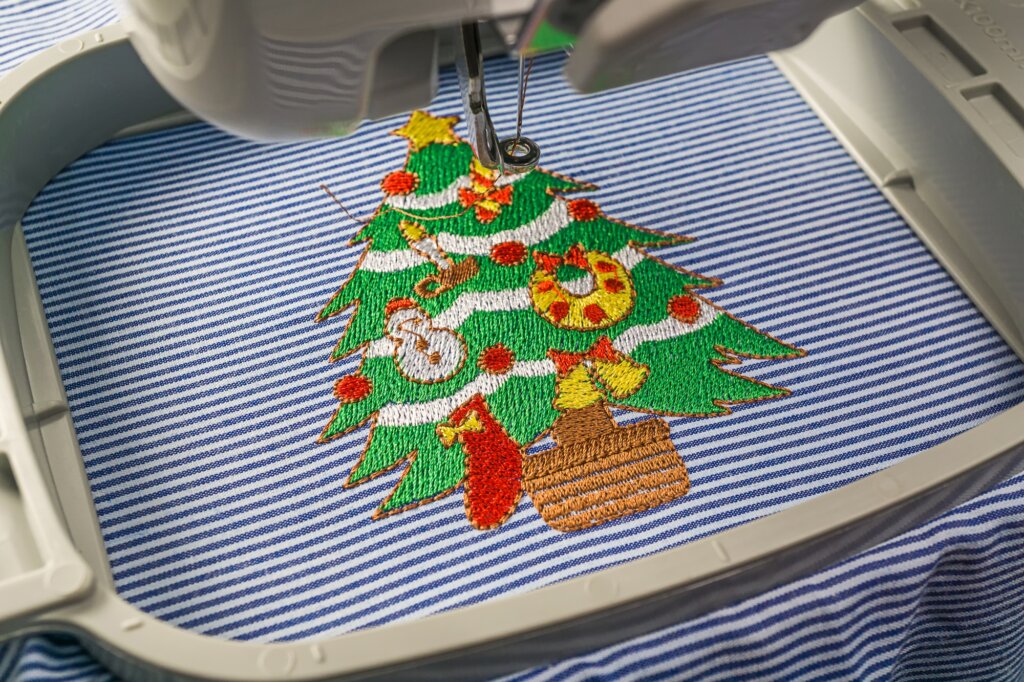
Implement selection protocol based on:
Design Parameters
- Embroidery Preferred When:
- Design elements < 0.3mm line width
- Text height ≥ 6.5mm
- 3D texture required
- Screen Printing Optimal For:
- Gradients >3 color transitions
- Photographic reproduction
- Large coverage (>30cm²)
Economic Factors
| Order Size | Embroidery Cost/Unit | Screen Printing Cost/Unit |
|---|---|---|
| 50 units | $3.20-$5.80 | $2.10-$3.50 |
| 500 units | $1.80-$3.20 | $0.85-$1.40 |
Technical Constraints
- Avoid embroidery on:
- Fabrics < 120GSM
- Waterproof membranes
- Stretch materials >50% elongation
- Screen printing limitations:
- Irregular surfaces
- Seam-crossing designs
- Micro-details < 0.5mm
Ludyway’s clothing embroidery division recommends stitch density optimization to prevent substrate distortion.
Conclusion
Technical selection between embroidery and screen printing requires systematic evaluation of design specifications, substrate properties, and production economics. Embroidery delivers superior durability and texture for structured garments, while screen printing excels in color reproduction and large-area application. By implementing the decision framework – analyzing resolution requirements, fabric characteristics, and order economics – manufacturers optimize customization outcomes. Ludyway’s technical team provides comprehensive solutions integrating both technologies for brand-specific application requirements.


